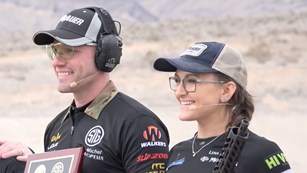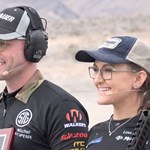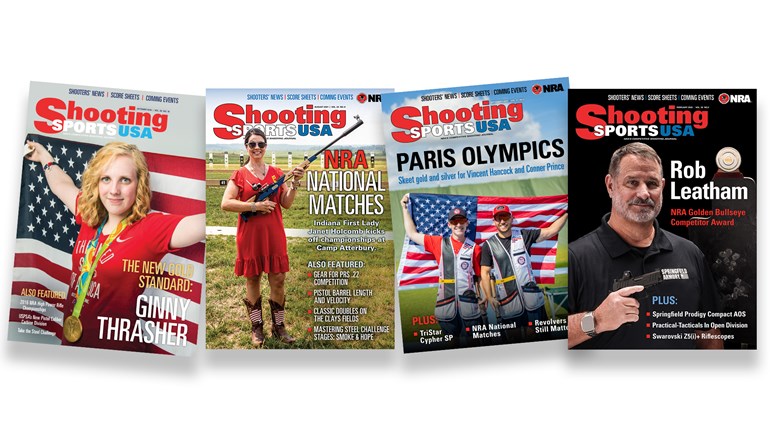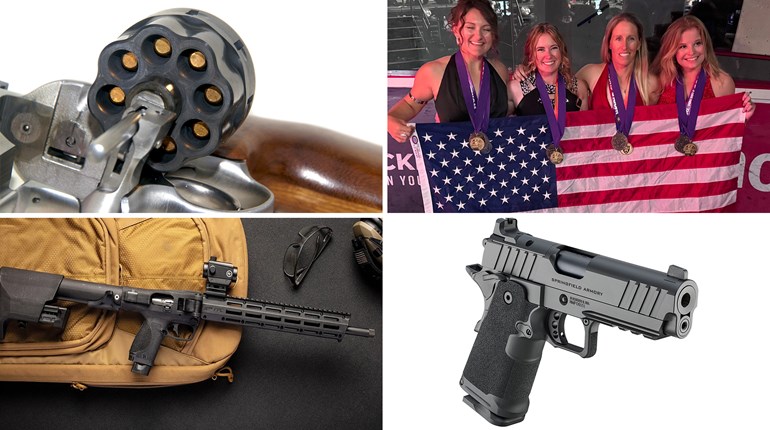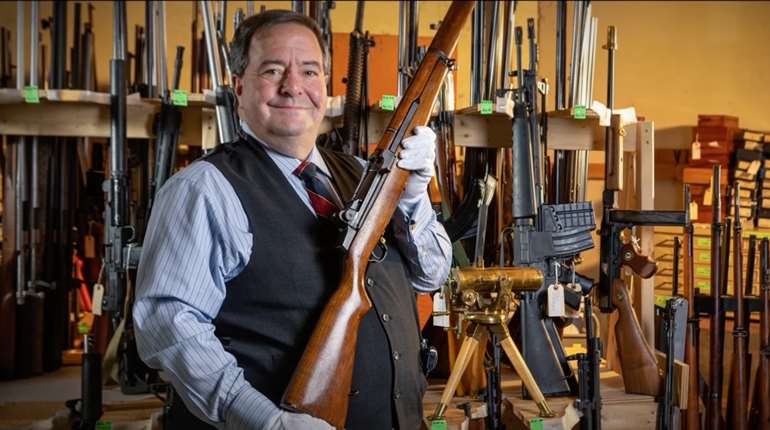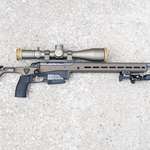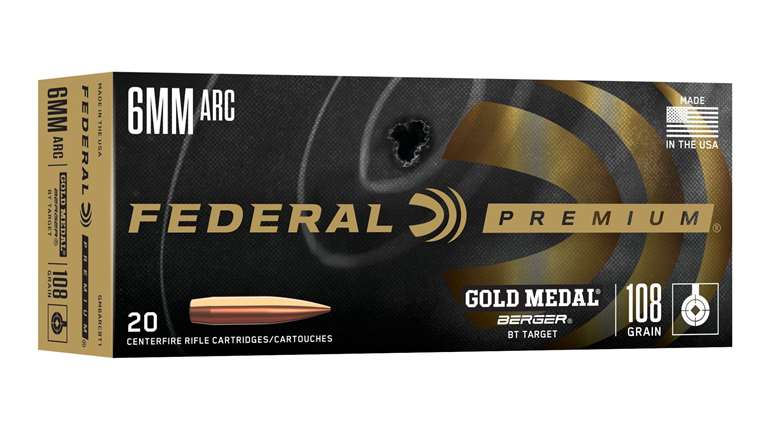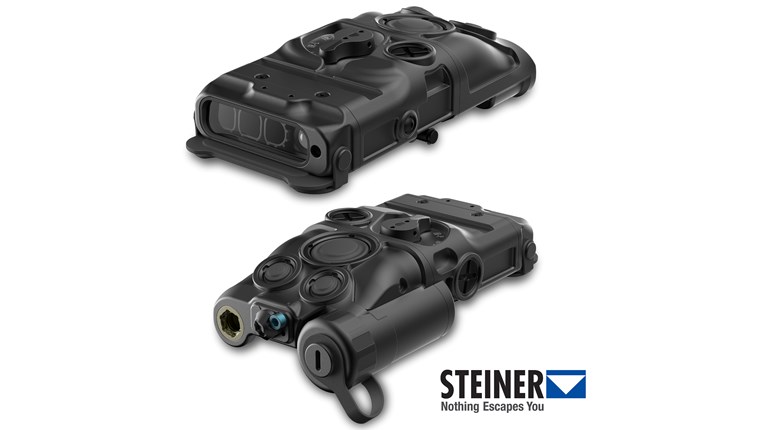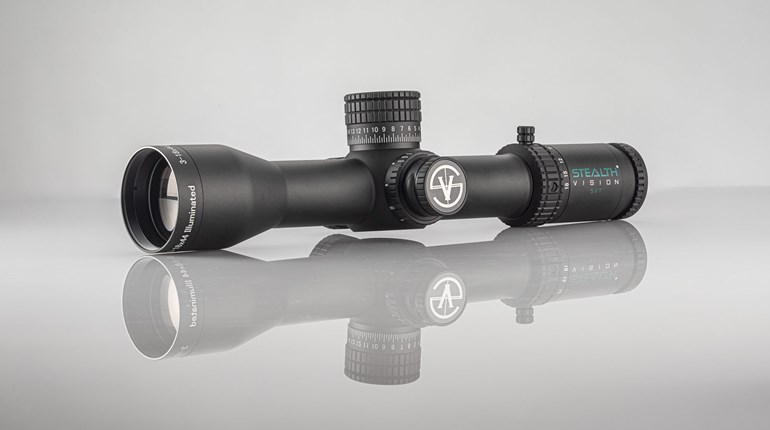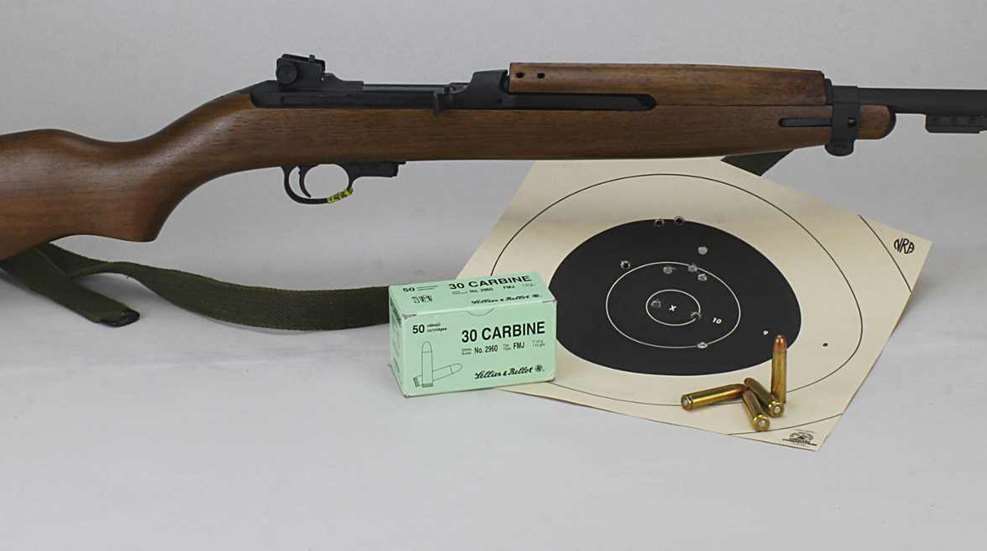
When CMP introduced the “as-issued” games a little over a decade ago, a military surplus Mauser or Mosin-Nagant could be had for about $100 and an M1 carbine in NRA Very Good condition fetched, if memory serves, about $400. Today—thanks in large part to the skyrocketing popularity of the carbine—a quick online check of non-collector milsurp M1 carbine prices varies from $630 to $1350. Whether that is still “inexpensive” is up to the individual shooter’s wallet.
M1 Carbine economics
The cost to manufacture an M1 carbine in 1945 was about $45; those 1945 dollars equate to $594 in 2015. Selling for an average of $990 now, the carbine’s post-WWII milsurp price actually dropped dramatically at first. In 1964, for example, the government sold nearly a quarter million milsurp M1 carbines to NRA members for $20 each, about $152 in 2015 dollars.
Since then, their value has increased. A lot. Enough so that manufacturing brand new carbines has become economically viable, given the market demand: we can now buy a brand-new M1 carbine for about the average cost of a used one. No, not a rebuilt or refurbished carbine, a newly made carbine manufactured exactly to the original specs right down to the markings. Enter the Inland Manufacturing M1 Carbine.
Inland DNA
American Rifleman already covered this new carbine’s DNA and physical details, so here we’ll just mention that ten different manufacturers turned out more than 6.2 million M1 carbines during 1941-1945; the Inland Manufacturing Division of General Motors in Dayton, Ohio made about 2.6 million of them, about 40 percent of the total. You can differentiate the new Inland carbine from its sire by the serial number beginning with 9000, which never appeared on the originals. The ordnance cartouche on the stock was perhaps a bit larger on the originals, and an additional mark on the barrel underside and in the barrel channel serves to ID the new Inland carbine. However, the new Inland Manufacturing Company in Dayton is unrelated to General Motors today.
Can’t get a break (in)
Competition shooters are in large part responsible for the resurgence of M1 carbine interest, so let’s see how well the new Inland performs as an out-of-the-box match gun without any ammo development or tweaking of any kind.
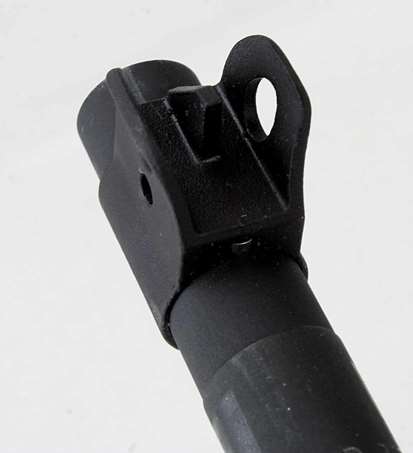
All new guns need a break-in period, semi-autos especially needing about 200 rounds before being asked to perform any serious service. However, I received the test gun while the CMP Western National Championships were already underway in Phoenix, so the Inland carbine’s break-in consisted of only running patches through it to degrease the bore and chamber, sighting-in at the local club range and function-firing a couple of rapid fire mags through it before lubing the bolt’s op slide lug with a dollop of grease and taking it straight to the Nationals.
Mechanically, the carbine performed flawlessly, the only malfunction during the abbreviated break-in being with the factory provided magazine, which failed to feed staggered rounds from the left side of the column. Luckily, a couple of milsurp mags torn fresh from their greased wrappers solved the problem.
Trigger and sights
The carbine presented some minor issues that may interfere with competition shooting. The left side of the sighting groove relieved into the forearm is much higher than the right side, almost completely eclipsing the left sight protector. That presents a lopsided sight picture, creating the unconscious tendency to cant or pull the carbine to the right.
At its physically lowest setting the rear sight is still not quite low enough to center shots in the black scoring area of the NRA SR-1 target at 100 yards, instead landing shots about eight inches above point-of-hold. Utilizing the typical six o’clock hold on the black, shots impact at 12 o’clock in the white 7 and 6-rings, necessitating attempting a sight picture of holding a small gap between the top of the front sight and the bottom of the black scoring area.
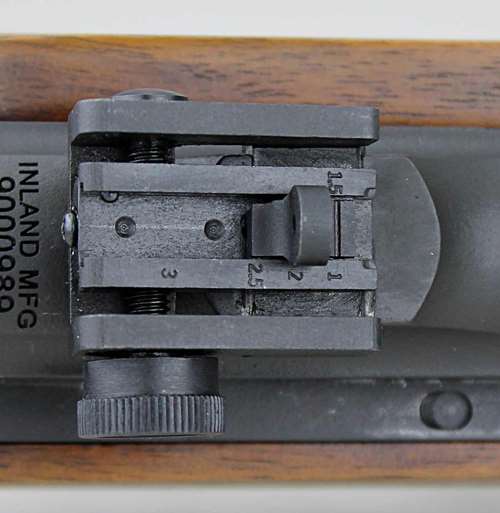
The carbine compounded that sight picture difficulty with a trigger that breaks at an estimated nine pounds—estimated because the carbine’s trigger exceeds the seven-pound range of the trigger pull gauges used here. From the bench and with unlimited time shots it will stay in the black, which shows the carbine has enough inherent precision for competition. I fired only Sellier & Bellot 110gr FMJ factory ammunition in the Inland carbine. Any further ammunition or sight adjustment testing with that heavy trigger—especially combined with the wonky sight picture—would be inconclusive.
I discussed with the maker the shortcomings I found with the carbine; because of our discussion Inland has agreed to begin offering taller front sights and match-legal 5 lb. custom shop trigger jobs for competitors. Look for a review of the revised carbine next year.
New vs. used
Among shooters’ reasons for participating in the “as-issued” games is the sense of their M1 carbine being living history held in the hands; the idea that this specific firearm actually served and may even have been carried into combat—truly a sword turned into a plowshare for peaceful target competitions.
The new-made Inland, however, has advantages more practical rather than sentimental. Milsurp M1 carbines will have erosion in the throat and at the muzzle, both detrimental to target precision. While competition rules allow “freshening” the muzzle, other than handloading to seat bullets farther out, (which may prevent cartridges from fitting and feeding in the magazines) only a barrel replacement can solve throat erosion on the semiauto carbine. And the Inland offers something the milsurps do not: a one-year warranty—which would, incidentally, cover the off-center forearm sight groove.
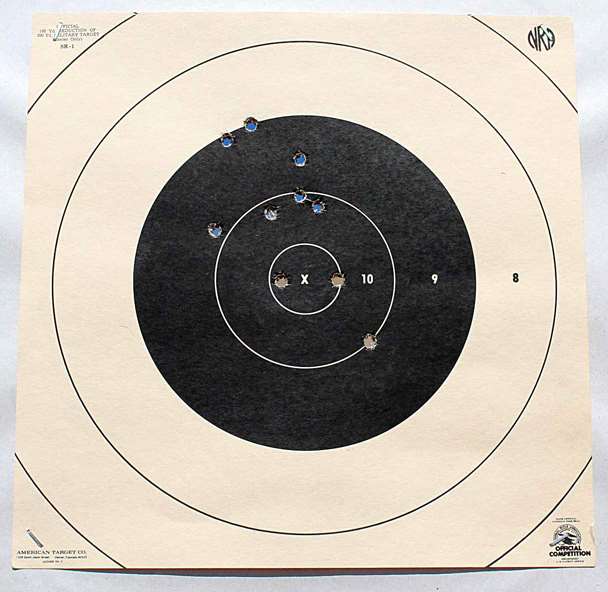
The criticisms here certainly do not constitute three strikes and an out; a trigger job and some sight work are not unexpected for factory guns used for competition. Though the carbine’s trigger is heavy (because of its short reset “combat weight” was typically 6-8 pounds to preclude shots “doubling” under stress in the hands of the non-marksman) careful trigger work can reduce it to a safe, match-legal five pounds. In addition, a taller front sight would lower bullet impacts. And though we are accustomed to thinking of precision in terms of itty-bitty groups, “precision” is a relative term. Consider that the winning score of the M1 Carbine Championship match was 365-5X out of a possible 400 and it’s clear that holding shots within the black, which includes the 9-ring on the SR-1 target, is pretty much all you can expect from an unaccurized light carbine shooting a pistol cartridge at 100 yards. The Inland did that with the only ammunition tested and placed in the top ten in the match results without a real break-in; I submit that such a performance demonstrates that the Inland M1 Carbine is, indeed, fully capable of “as-issued” games match performance out-of-the-box.
The MSRP for the Inland M1 Carbine is $1049. For more info please visit www.inland-mfg.com.











